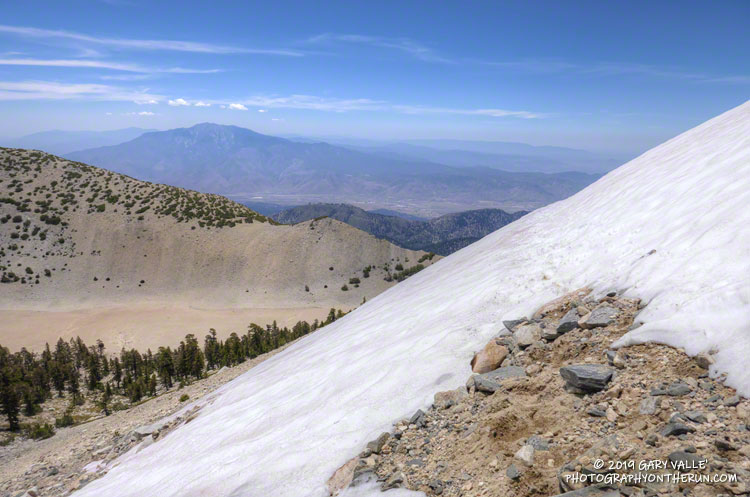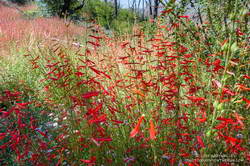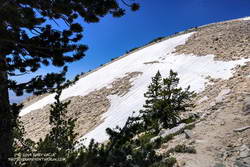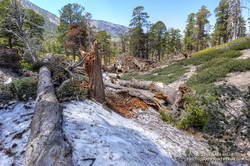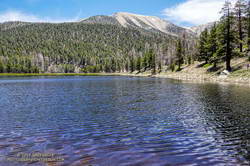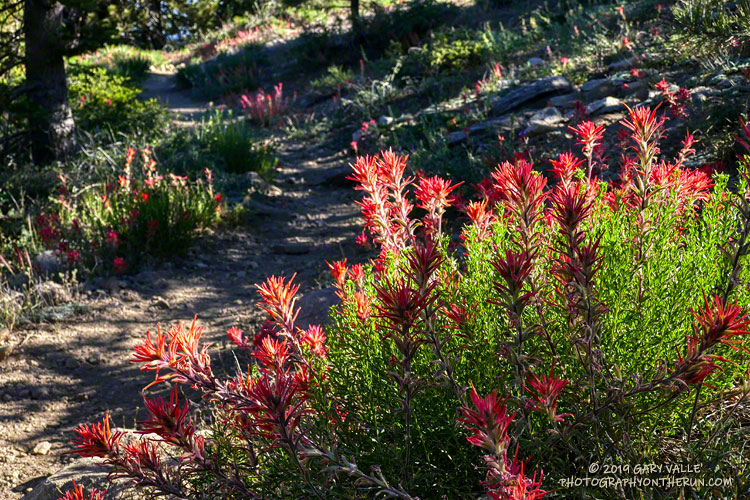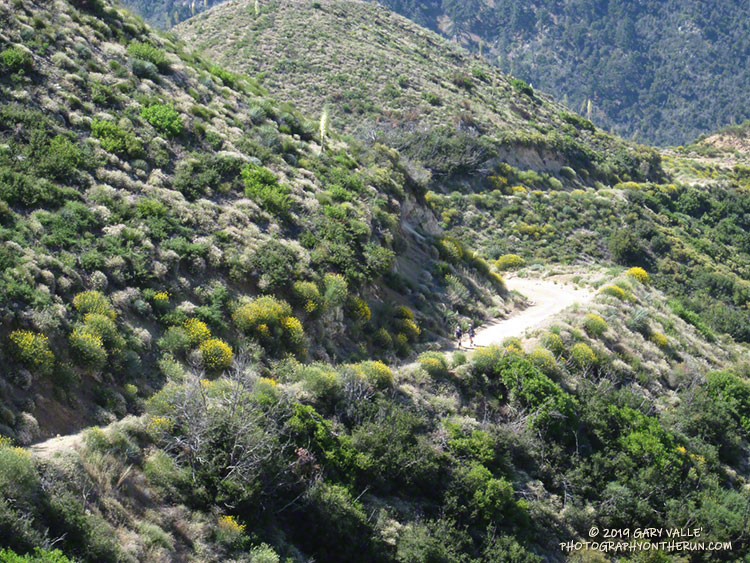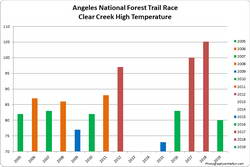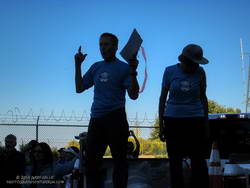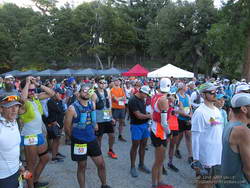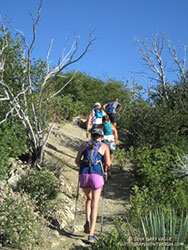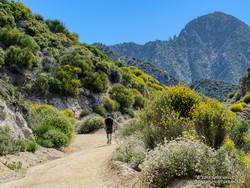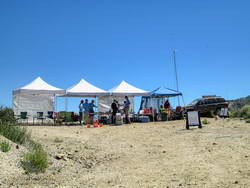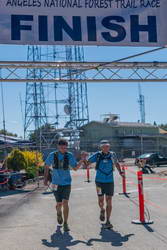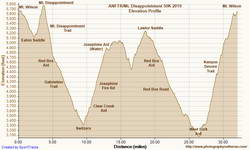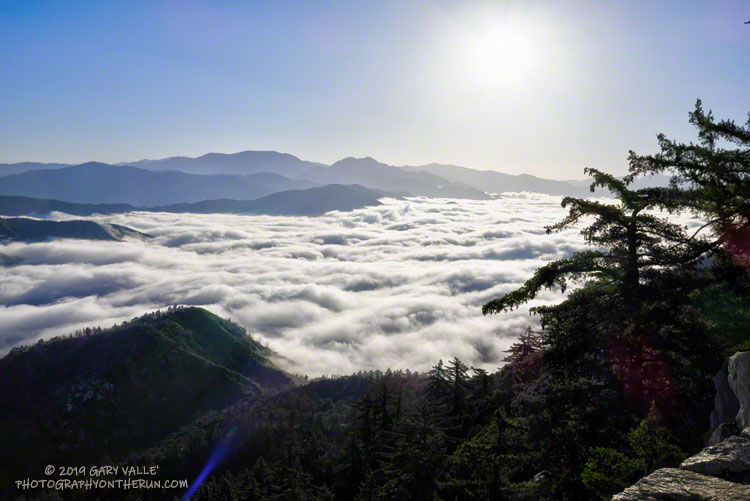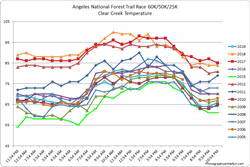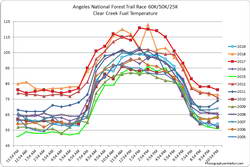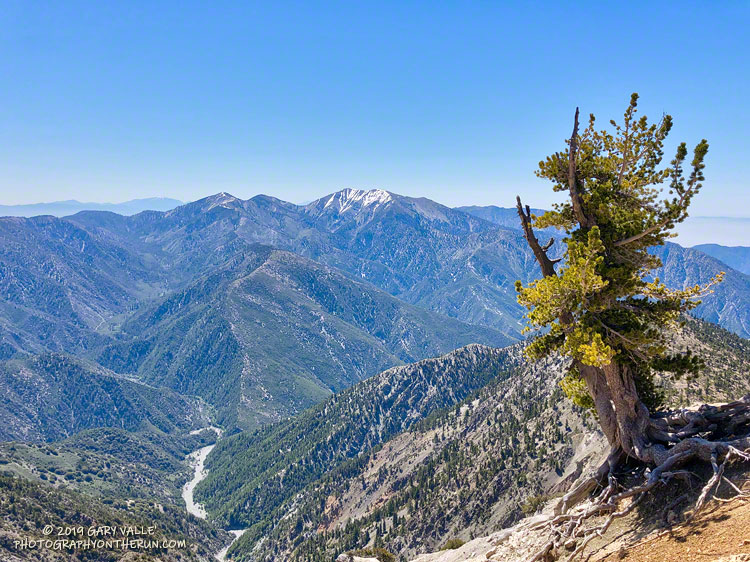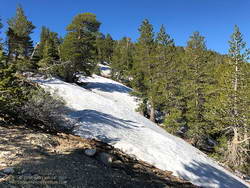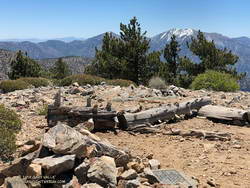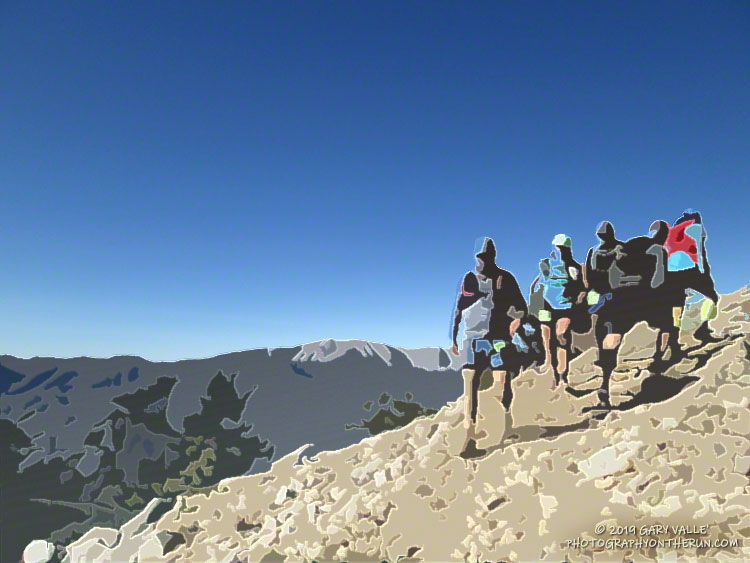
Working up the rocky trail, I looked to my left across the broad valley to San Gorgonio Mountain. There was still a narrow strip of snow near its summit, bright white in the morning sun.
I was about 5.5 miles into the Kodiak 50K and nearing the top of 9952′ Sugarloaf Mountain. There wasn’t any snow here, but the morning had been cool — at least by Southern California summer standards.
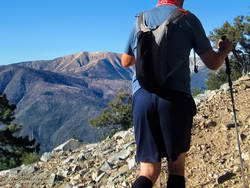
This was my sixth time running Kodiak. The first four times were at the 50M distance, and this year and last, I’d opted for the 50K. There have been a lot of changes in the Kodiak Ultra Marathons since the first 100M & 50M were run in 2013.
Initially held in late September, the event moved to an August date in 2017. 50K options were added in 2015. For the first three years the Kodiak courses were run in the counterclockwise direction. In 2016 the direction switched to clockwise and then alternated direction each year through 2018. This year the direction was the same as in 2018 — clockwise.
The general idea has remained the same. The 100 milers run a loop around Big Bear Lake. On the way, they ascend Sugarloaf Mountain, and also descend thousands of feet into the dank depths of Bear Canyon. The 50 milers run from the north side of the lake to the Finish, climbing either the Siberia Creek Trail if the course direction is counterclockwise, or Sugarloaf Mountain if the course is run clockwise. The options for 50Kers have varied from year to year.
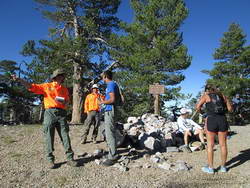
This year the 100M start time was moved to 6:00 p.m. This put 100M runners beginning the descent into Bear Canyon between about 8:00 p.m. and 10:30 p.m. — a much cooler time of day. The trade-off was that they would be doing the 3000′ climb up Sugarloaf Mountain with about 67 miles on their legs, and many of the runners would run into a second night.
There were two notable changes in the Kodiak 50K this year. One adjustment is that it started two hours earlier — at 6:00 a.m. The other is that it was a couple of rocky miles longer than last year. The mileage was added on the descent of Sugarloaf — with runners looping down Wildhorse Meadow Road instead of retracing their route on the Sugarloaf Trail. My watch recorded a distance of about 34.5 miles and corrected elevation gain of about 6800′.
Because of the change in the 100M and 50K start time, we were ahead of many of the 100M and 50M runners, but we did get to see the 100M leaders flying down Sugarloaf.
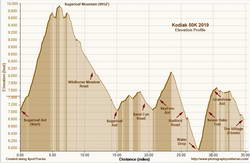
The weather was cool in the morning and warm in the afternoon. At Big Bear Airport the overnight low Friday night was 37°F and the high on Saturday was 77°F. With the clear skies, it was hot on exposed, south-facing trails. The Converse RAWS (5618′) recorded a high (inside a ventilated instrument housing) of 84°F; however the “fuel temperature” of a pine dowel in direct sun hit 106°F. In my experience, the fuel temperature is a better indicator of the temperature runners might encounter on sun-baked sections of trail.
My run went well. There was no repeat of the leg cramps I experienced near the end of this year’s ANFTR/Mt. Disappointment 50K. This 50K was longer, had more elevation gain, was at higher elevation, and was generally more technical, but my legs behaved the entire time. That’s the riddle of Exercise-Associated Muscle Cramps (EAMC). Sometimes you get leg cramps and sometimes you don’t. In this race I made sure that I stayed well-hydrated and fueled. I also used poles on the steeper climbs.
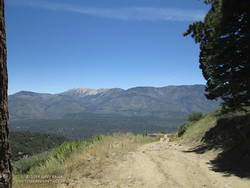
This was one of those races that I could just run and enjoy. It was great to talk with Diana, Gloria and Greg along the way. The runners you meet during races are often very accomplished and usually have some unique stories to share!
Many thanks to Kodiak Race Director Susie Schmelzer, Course Director Harald Zundel, and Communications Director John Emig and to Team Kodiak, all the volunteers, sponsors, Bear Valley SAR, HAM operators, medical personnel, City of Big Bear Lake, US Forest Service, Big Bear Trails Foundation, RIM Nordic and Open Air Big Bear, and everyone that helped put on the event.
See the Kodiak Ultra Marathons web site and Facebook page for more info, results and photos. All the results for the Kodiak Ultra Marathons since 2013 can be found on Ultrasignup.com.
Some related posts: Kodiak 50K 2018, San Gorgonio Mountain Snow, Kodiak 50 Mile 2017 – Smiling at the Finish

